The specific question I want to ask is whether I can transmit VCC(5VDC) and GND power signals for powering the destination circuit (in an RS-485 arrangement) or not.
The power lines will be grouped with the differential signals of the RS-485.
For background...
I am working on a project on a water level detector which involves communication between two microcontrollers over a long distance. As far as I have done research for my needs, RS-485 will be the best technique for long distance communication. It's between two building floors, as the level detector will be installed in the water tank on a terrace and the other monitoring MCU will be installed at my home, two floors below the terrace.
I will be using MAX-485 IC which connects with the MCU using DI, DE, RE, RO. It transmits the data over the differential lines A and B. My doubt is: can I power the MCU of the level detector using the VCC and GND signals that will be transmitted over two additional wires along with the differential signal lines of RS-485. There is no power source available on the terrace and I am trying to avoid using any batteries.
The RS-485 signalling will be using the UART protocol at 115200 bps typical.
The level detector circuit will be consist mainly of an MCU (probably atmega328p) and an HC-SR04 ultrasonic module. (I am open to using any less complex low-power MCU.) The atmega328p datasheet states 200 mA max DC current consumption and this website states that the HC-SR04 has 15 mA working current consumption.
Optionally, I am planning to include a small low power DC motor for operating a small plastic shutter for Ultrasonic module, and also some sensors like a Microphone and an Infrared TxRx LED pair. Hence the maximum supply current drawn by the level detector circuit will not exceed 500 mA, assuming a very lightweight low current motor.
I am a little bit confused with the below points:
- 5VDC-GND will interfere with the differential signals A-B.
- The differential signals will interfere with the VCC-GND.
- The VCC-GND signals will be affected/degraded due to outdoor environmental noise or long-distance transmission wires.
- Additional: As per the need of a 4 Wire cable, I am planning to use CAT-2 Cable as I already have it in a length of 20m-30m. The CAT-2 cable is a two pair (Single strand thick copper wires) copper cable used for ADSL networking (broadband connection). Is it a good idea to use that particular type of cable or there is a better alternative for this need.
Any suggestion/solution within/out of the scope of my question is highly appreciated.
